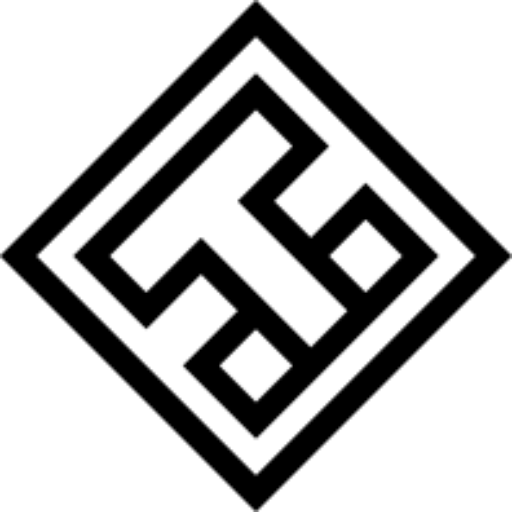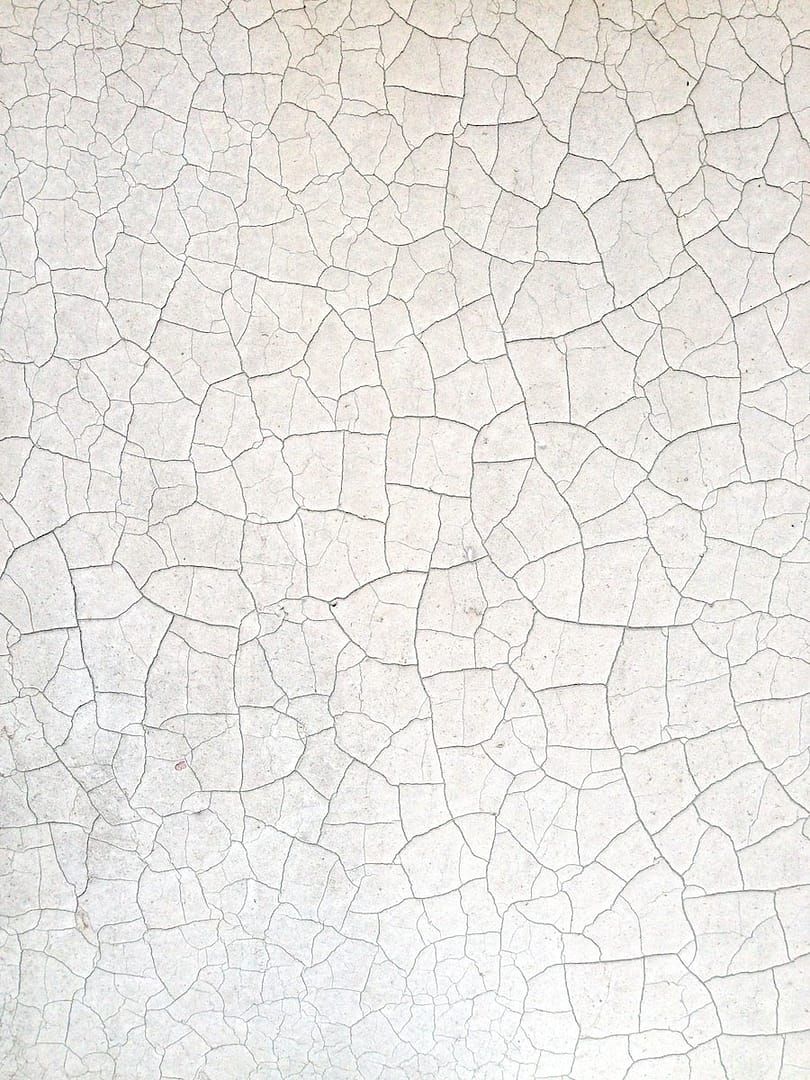What is a texture?
A texture is an image or drawing wrapped around a 3D mesh.
What is a material?
A material is a shader that can be procedural to give a basic format such as brick or wave patterns
What does unwrapping mean?
Unwrapping is when you grab a 3D mesh and convert it into a 2D plane to allow for precise mapping of a texture onto the object.
Texture Map Terminology
Base colour/Diffuse – initial colour of the texture before adding any materials or shaders
– Used to assign colours and images to a mesh and will typically be a flat image.
Roughness – The amount of reflection of the surface of the texture and how smooth it is
– Sometimes referred to as glossiness, this is used to communicate light scattering across a surface and can go from gloss to matte.
Normal/Bump – The relief of the texture.
– These are used to communicate details such as indentations, bumps, cracks and other surface deformities.
Ambient Occlusion – This uses greyscale only maps, AO maps detail lighting data to calculate shadowing without a light source reacting directly with it.
Specular – the tint of the object, how much light refracts off the object
– Used to determine the shine and highlights of a surface reacting to light using black and white images.
UVs
What is UV Unwrapping?
We take the 3D surface of an object and turn this into a 2D map in which we can apply texture map images.
Projection
Typically, in most 3D software we can select our surface and choose how we project our 2D map. This changes the layout, positioning, size and scale of the faces in this UV map.
Typical types of projection –
Planar – Projecting a UV presented on a plane or flat surface
– Simply put, this type of projection takes a material from a sphere and projects onto a flat surface.
Spherical – A UV projected onto a spherical surface
– This projects textures through a virtual sphere to wrap around a mesh/surface
Cylindrical – UVs for an object based on a cylindrical projection
– Similar to how spherical works with the exception of this being technically linear.
Cubic – UVs for an object based on a cubic projection
– Using the 6 faces as the map shape, this projects the UVs into an unwrapped cube.
Camera/view based – Projecting the UVs from the positioning of the camera/viewport.
Review
WWW: Gained a further understanding of the types of projections such as planar and cylindrical. Gained a simple understanding of texture mapping terminology.
EBI: I knew a bit more about projections and the difference between linear and non-linear projections.
LEARNT: Different types of projections and how they are made specifically for different shapes.


